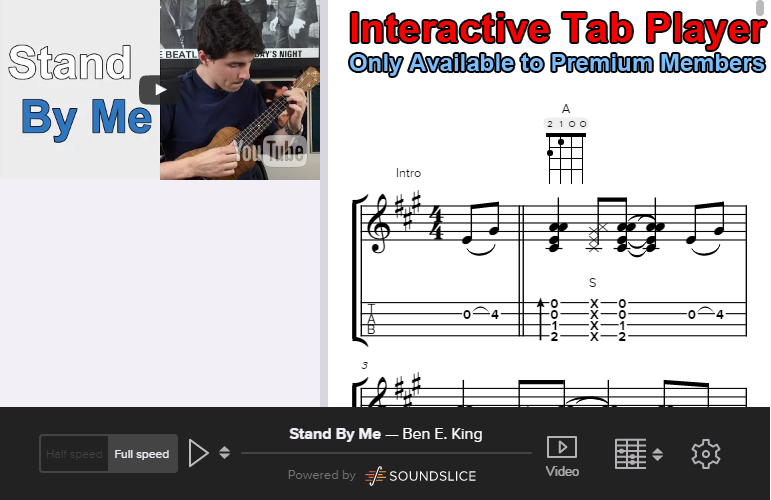Below is the lesson for “Fingerpicking Etude no. 22”.
Helpful Tips
Learn a beautiful composition as we dive deep into the music theory behind how it was written. This lesson will be huge for those of you who love to compose music! We’ll take a look at some techniques that you can implement into your own writing, such as:
1) Voice Leading: In a nutshell, this means that we want to move from one chord to the next by changing one or two notes (generally) no greater than a distance of a half or whole step, while keeping common chord tones intact. Wow, okay so that’s a lot to digest. Let’s take a look at it visually, as it will make much more sense.

In this example, we can see that the movement occurs across string 1, in that we are moving down a half step, before returning up a half step in the final chord. But if you look at strings 2, 3, and 4, you’ll notice that they remain constant. This create a chord progression that is incredibly beautiful.
2) V of V Chord Progression: We can input chords that are not diatonic to the key by using a cadence known as V of V. In the lesson, we’ll break down what this is and how it works. (Note: This is seen in bar 4 to 5: A to D to G.)
3) Modulation: A fancy way to say there is a key change. This song modulates to the parallel minor in the B Melody. We’ll take a look at what that means and how it contrasts from the relative minor.
This lesson assumes that you have a foundation of the fundamentals of music theory. If you are new to studying music theory, start here.
Part 1 – Performance & Free Lesson

